





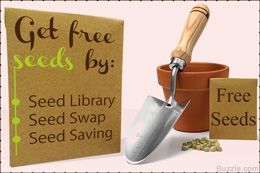 Did You Know?
Did You Know?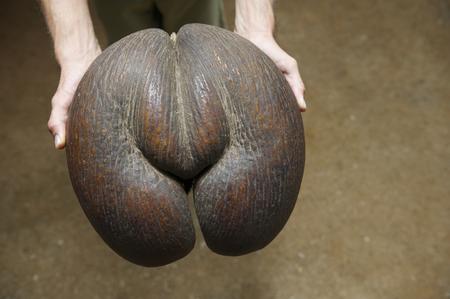 The biggest seed is the Coco-de-mer, or Lodoicea maldivica. It is also known as the double coconut, which weighs up to 30 kilos (66 lb). On the other hand, the smallest seeds in the world are the Epiphytic orchid seeds. Roughly, a billion of these seeds weigh just around one gram.First things first! For those of you interested in gardening with seeds need to know some basics. Seed plants fall into two main groups; angiosperms and gymnosperms. Gymnosperms do not have flowers. Their seeds are carried away from the parent plant by animals, birds, insects, water, and wind. Angiosperms are flowering plants. Their seeds are formed and developed inside a female reproductive part of the flower, which usually ripens into a fruit. But don't worry, you can have seeds of almost any plant you desire.Ask AroundNot to state the obvious, but when you talk to people with similar interests, people have a tendency to surprise you. Use your social networking contacts too for this purpose. They may even be living in the same area as you. Or better yet, the next time you visit the local market, ask a few farmers for some seeds. Asking never hurts. You might find someone who may generously share some of his seeds with you, or at least point you towards someone else who may have some.Online Groups/ForumsUse the power of technology. You could join groups on Facebook and other social networks which would help you procure seeds for free. You will find many like-minded people on the Internet, though you just need to be a bit careful who you deal with. There are also a few organizations that give out seeds for free, depending on the purpose and end result of the project.Seed LibrarySeed libraries are small groups of people who lend and share seeds. It works on an honor system; you can take seeds for free with the understanding that you need to return them at the end of the season.Seed SwapOften, small communities of gardeners get together and swap seeds that they have saved from their garden the year before. They bring in their saved seeds, or seeds that they had purchased, and swap them with those that they are interested in growing. To participate in a seed swap, you will have to take seeds to exchange. Some seed swaps may also be set up to encourage new gardeners. Gardening is even more fun if you have people to share your experiences with. Join communities and make new friends. This will help you grow and flourish along with your garden.Seed SavingIf you are one of those who doesn't like asking for seeds, there is another option for you. Like many, you too buy vegetables from the market. Why not save the seeds from the vegetables that you have already paid for? So, the next time you cut your vegetables, scoop those seeds out from your favorite vegetables and save them to grow later.Tomatoes and Cucumbers
The biggest seed is the Coco-de-mer, or Lodoicea maldivica. It is also known as the double coconut, which weighs up to 30 kilos (66 lb). On the other hand, the smallest seeds in the world are the Epiphytic orchid seeds. Roughly, a billion of these seeds weigh just around one gram.First things first! For those of you interested in gardening with seeds need to know some basics. Seed plants fall into two main groups; angiosperms and gymnosperms. Gymnosperms do not have flowers. Their seeds are carried away from the parent plant by animals, birds, insects, water, and wind. Angiosperms are flowering plants. Their seeds are formed and developed inside a female reproductive part of the flower, which usually ripens into a fruit. But don't worry, you can have seeds of almost any plant you desire.Ask AroundNot to state the obvious, but when you talk to people with similar interests, people have a tendency to surprise you. Use your social networking contacts too for this purpose. They may even be living in the same area as you. Or better yet, the next time you visit the local market, ask a few farmers for some seeds. Asking never hurts. You might find someone who may generously share some of his seeds with you, or at least point you towards someone else who may have some.Online Groups/ForumsUse the power of technology. You could join groups on Facebook and other social networks which would help you procure seeds for free. You will find many like-minded people on the Internet, though you just need to be a bit careful who you deal with. There are also a few organizations that give out seeds for free, depending on the purpose and end result of the project.Seed LibrarySeed libraries are small groups of people who lend and share seeds. It works on an honor system; you can take seeds for free with the understanding that you need to return them at the end of the season.Seed SwapOften, small communities of gardeners get together and swap seeds that they have saved from their garden the year before. They bring in their saved seeds, or seeds that they had purchased, and swap them with those that they are interested in growing. To participate in a seed swap, you will have to take seeds to exchange. Some seed swaps may also be set up to encourage new gardeners. Gardening is even more fun if you have people to share your experiences with. Join communities and make new friends. This will help you grow and flourish along with your garden.Seed SavingIf you are one of those who doesn't like asking for seeds, there is another option for you. Like many, you too buy vegetables from the market. Why not save the seeds from the vegetables that you have already paid for? So, the next time you cut your vegetables, scoop those seeds out from your favorite vegetables and save them to grow later.Tomatoes and Cucumbers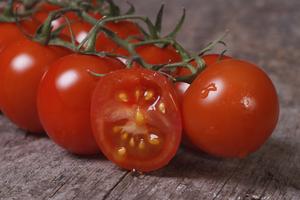 The seeds of tomatoes and cucumbers are enveloped by a gel-like quoting, to enable them to germinate and prevent them from rotting, and to give them a better shelf-life so that they can last a little longer.➤ Carefully scoop out the seeds into a container.
The seeds of tomatoes and cucumbers are enveloped by a gel-like quoting, to enable them to germinate and prevent them from rotting, and to give them a better shelf-life so that they can last a little longer.➤ Carefully scoop out the seeds into a container.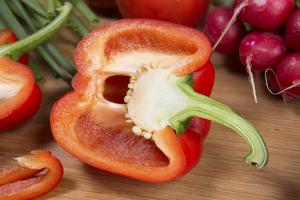 ➤ Cut open a pepper, exposing the seeds.
➤ Cut open a pepper, exposing the seeds.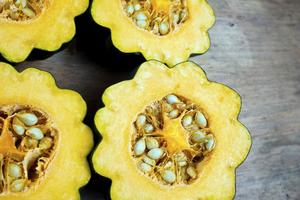 ➤ Choose a well-ripened squash, break it open, and remove the seeds.
➤ Choose a well-ripened squash, break it open, and remove the seeds.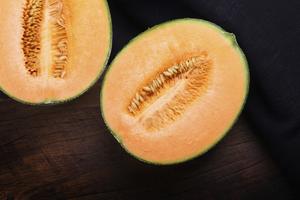 In cantaloupe and muskmelon, the seeds will have a membrane attached to them.
In cantaloupe and muskmelon, the seeds will have a membrane attached to them.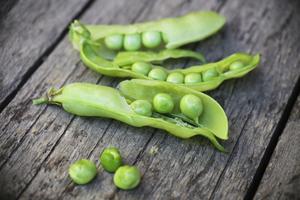 ➤ Pick only the brown pods from the vines, and remove the peas and beans from their pods.
➤ Pick only the brown pods from the vines, and remove the peas and beans from their pods.Copyright © www.100flowers.win Botanic Garden All Rights Reserved